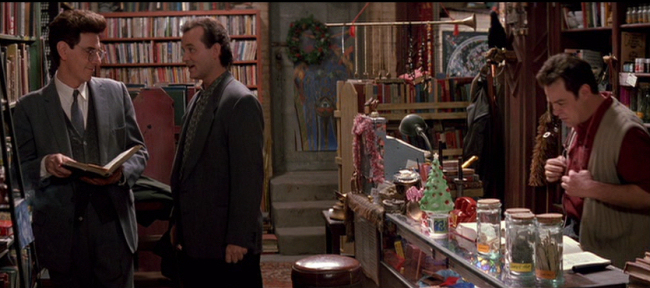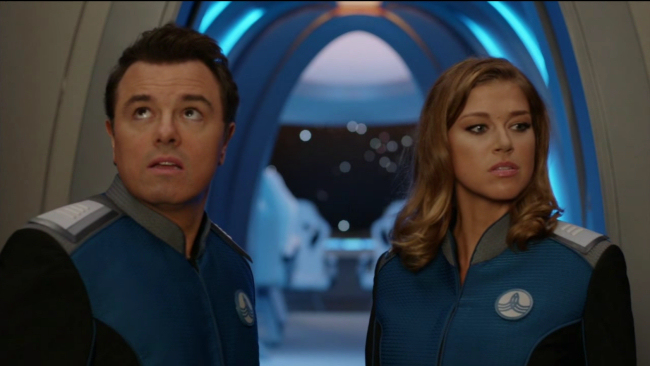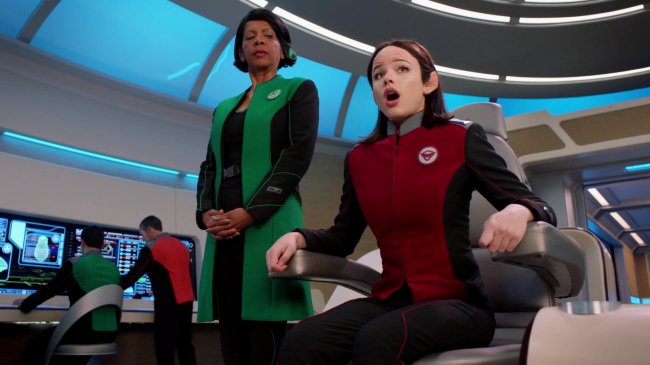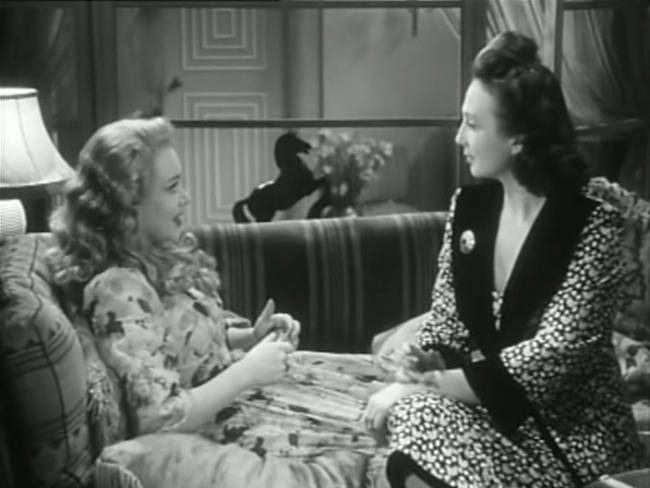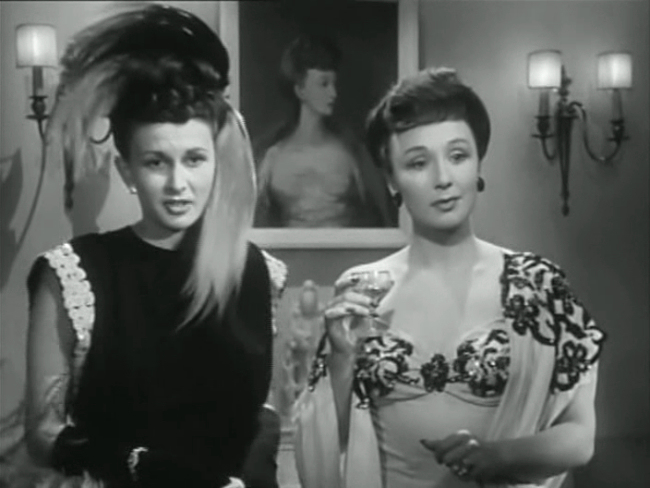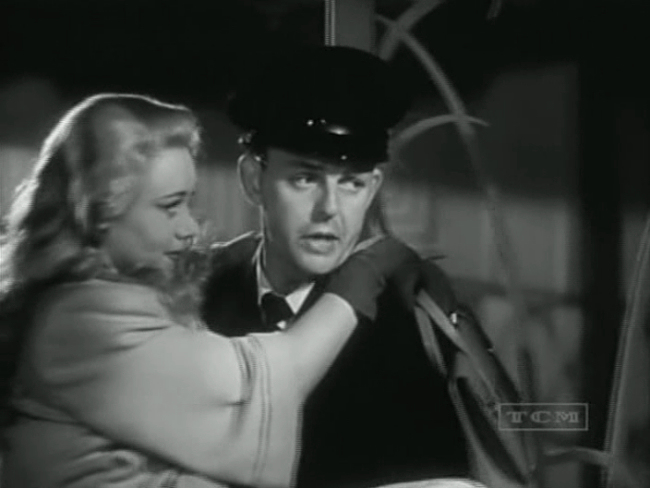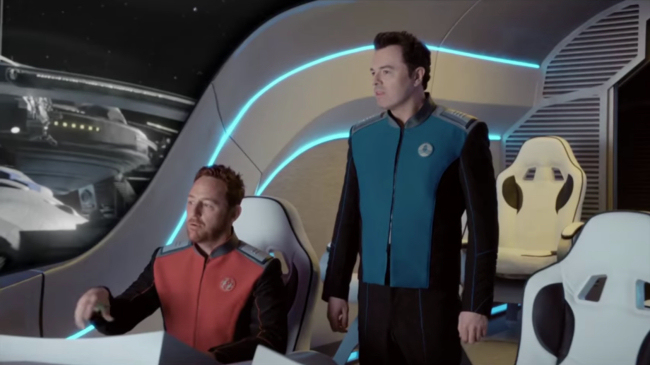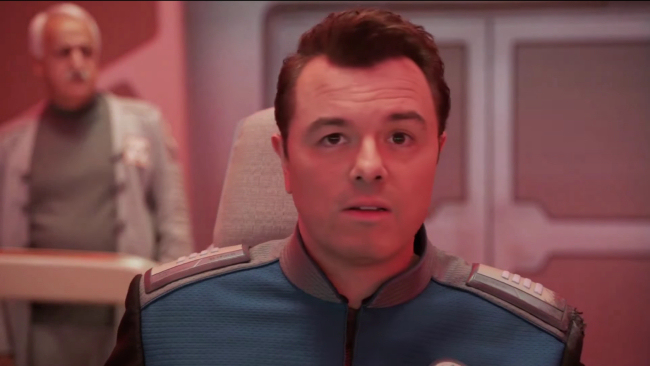
Wikipedia quotes H.P. Lovecraft, about his Dream-Quest of Unknown Kadath, as worrying that "Randolph Carter's adventures may have reached the point of palling on the reader; or that the very plethora of weird imagery may have destroyed the power of any one image to produce the desired impression of strangeness." Though virtually all of Lovecraft's fiction implies a strange, hostile universe of his conception, usually they feature something roughly resembling familiar, contemporary reality into which the introduction of the strange and horrifying is the more striking. Short tales set in places alien to our world can still maintain that power of strangeness by virtue of being short but The Dream-Quest is novella length. It is a wonderful piece of fiction but for these reasons its strengths are distinct from the rest of Lovecraft's works.
Following the journeys of Randalph Carter through the Dream Lands, the novella is set in fantasy locations peopled with fantasy beings like the small, forest dwelling zoogs, the vicious gugs, and Carter's allies, the ghouls. The story, particularly in its second half, reminds me strongly of Edgar Rice Burroughs' Princess of Mars in its focus on strange armies coordinated by the human protagonist on missions of assault, rescue, or reconnaissance. One of the most significant ways Dream-Quest differs from Princess of Mars is in its constant reminders of how the appearance or odour of the strange beings frighten or disgust the protagonist. We're even reminded of this in the case of some of Carter's allies, like the ghouls:
And Carter shook the paws of those repulsive beasts, thanking them for their help and sending his gratitude to the beast which once was Pickman; but could not help sighing with pleasure when they left. For a ghoul is a ghoul, and at best an unpleasant companion for man.
It might have been difficult for Lovecraft to imagine modern horror and fantasy fans who have often seen what was obviously repulsive before as something that's now attractive and could even be applied to heroes. Yet the strangeness in Dream-Quest functions in this way, whether Lovecraft meant it to or not--the Dream Lands are beautiful and its denizens are fascinating. It's not easy to understand why the former human, Pickman, had chosen to become a ghoul but the fact that he did in itself makes the beings more intriguing. Making the weird regular does not, as Lovecraft feared, dilute the "desired impression of strangeness" but transforms it into something different. It becomes less of a shock and something like a remapping of basic reality where all the landmarks take on a lustre for their inherent unpredictability and danger. The difference from Burroughs' Mars or Tolkien's Middle Earth is that nothing ever truly feels safe even if it feels familiar and friendly. Even the cats, the animals Lovecraft displays a lovely affection for in this story, have something sinister and secret about them, especially after their treatment of the zoogs early on.
So when the protagonists face extraordinary danger, as in the story's climax which takes Lovecraft's skill at conveying a fundamental wrongness in physics and geometry to new heights, the stakes feel higher. The normal human means of negotiating the world through forging friendships and building a reputation seem inevitably fractured and uncertain. Everything is compelled to hide--the zoogs hide in the forest, the ghouls hide underground, the cats are always sneaking. Everyone and everything's existence is not built on strength but in evasion which makes the potency of the final threat all the more effective because it's a revelation of just how meaningless the apparent rules of reality always were, it's the ultimate rug pulled out from under the reader.
But the ending is a consummation of the feelings that had been built up all along by forcing the reader to identify with protagonists described as repulsive. One becomes more afraid for the ghouls when they're captured because they've been described as repulsive. I even felt bad for what happens to the zoogs despite knowing what they planned for the cats. So the cosmology invoked in the end, of gods who are selfish or indifferent, isn't an abstract concept but something concretely felt. You don't have to ask why the gods aren't in love with these people.
So hug your nearest ghoul or nightgaunt. If for some reason they don't tear your face off or disembowel you.



